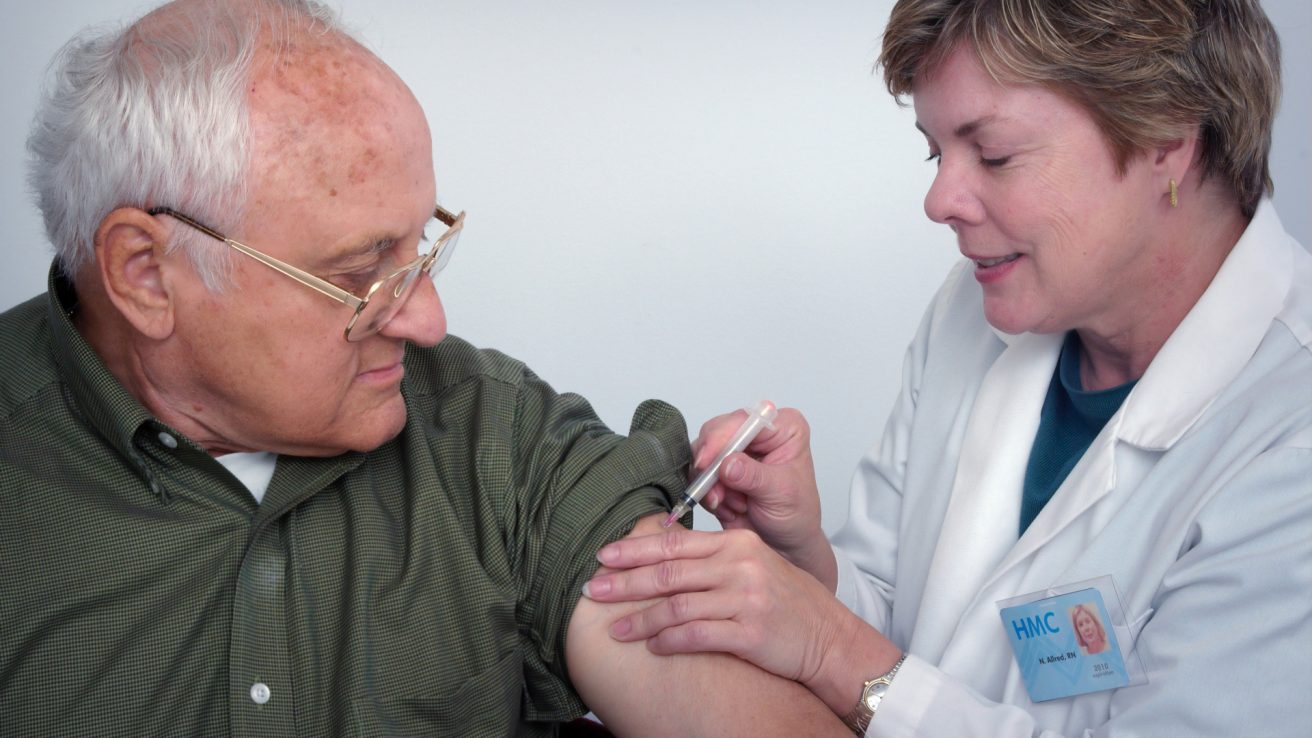Recently, the anti-interleukin-5 antibody drugs mepolizumab and benralizumab have been approved for severe asthma. The purpose of this study was to analyze the way that patients respond to mepolizumab and benralizumab with respect to a few key indicators and metrics.
In particular, the study focused on three bioindicators of airway hyperresponsiveness and remodeling: L-selectin, Krebs von den Lungen (KL-6), and lymphocyte subsets. This study may provide further insight into which anti-interleukin-5 antibody treatment is right for which individuals, leading to more personalized treatment plans and approaches for those who are dealing with severe asthma.
The study relied on a cohort of 28 patients with eosinophilic asthma, with some patients receiving mepolizumab and some receiving benralizumab. Patients were further divided into early and partial responders. Lymphocytes were analyzed using flow cytometry, and serum samples were used to analyze both KL-6 and L-selectin. The researchers collected data related to clinical, functional, and immunological metrics at baseline, one month, and after 6 months of therapy.
All participants in the study showed an increase in forced expiratory volume to forced vital capacity ratio. Both groups also showed a decrease in peripheral eosinophils after one month of therapy.
The researchers concluded that KL-6 and L-selectin can be used as biomarkers for early response. The results are preliminary for several reasons, including the study’s small cohort size. Further analysis of these biomarkers and others could provide useful data to advance personalized treatment plans [1].
Source:
[1] Bergantini, L., d’Alessandro, M., Cameli, P., Bianchi, F., Sestini, P., Bargagli, E., & Refini, R. M. (2020). Personalized Approach of Severe Eosinophilic Asthma Patients Treated with Mepolizumab and Benralizumab. International Archives of Allergy and Immunology, 181(10), 746–753. https://doi.org/10.1159/000508936










